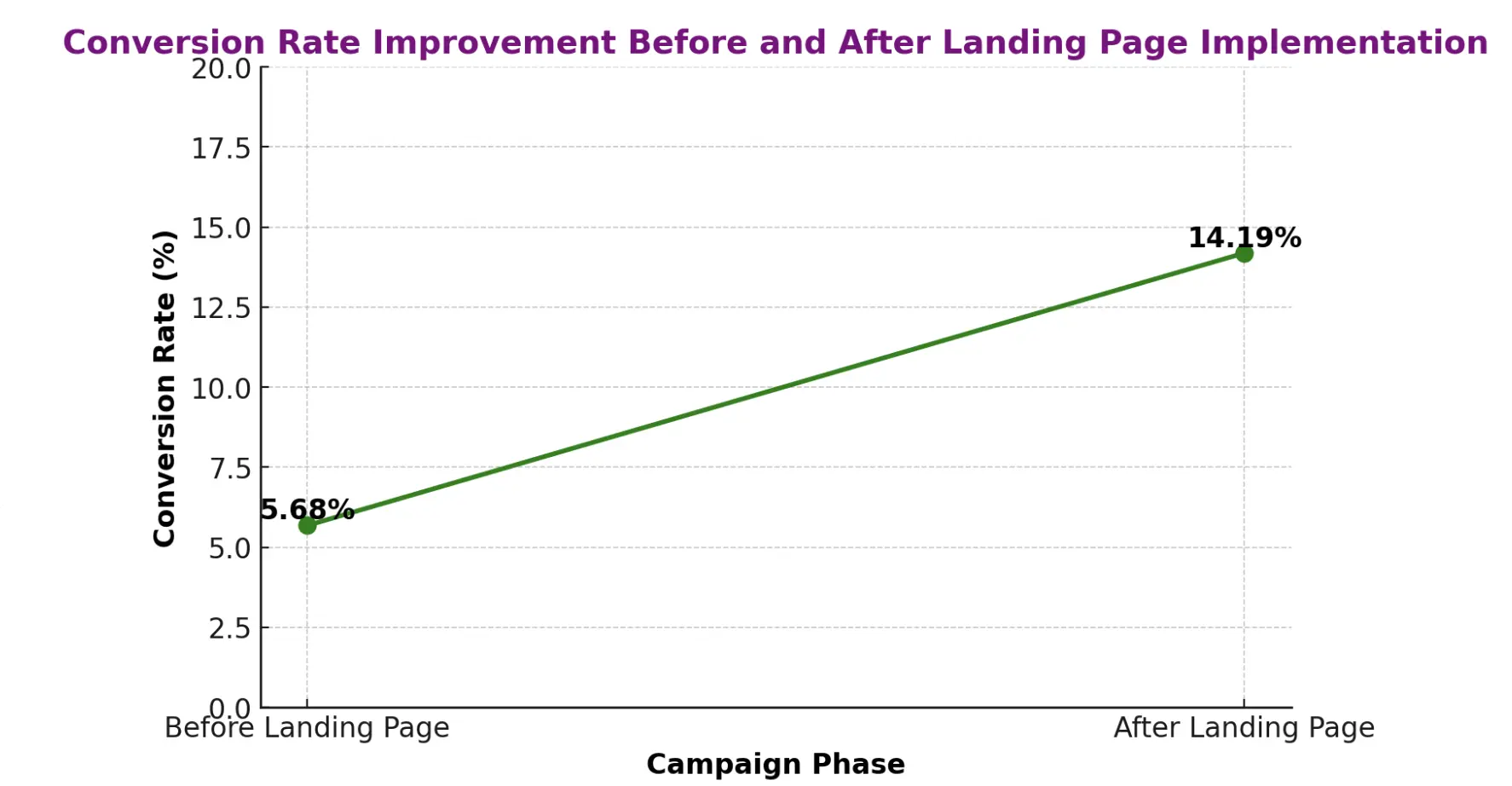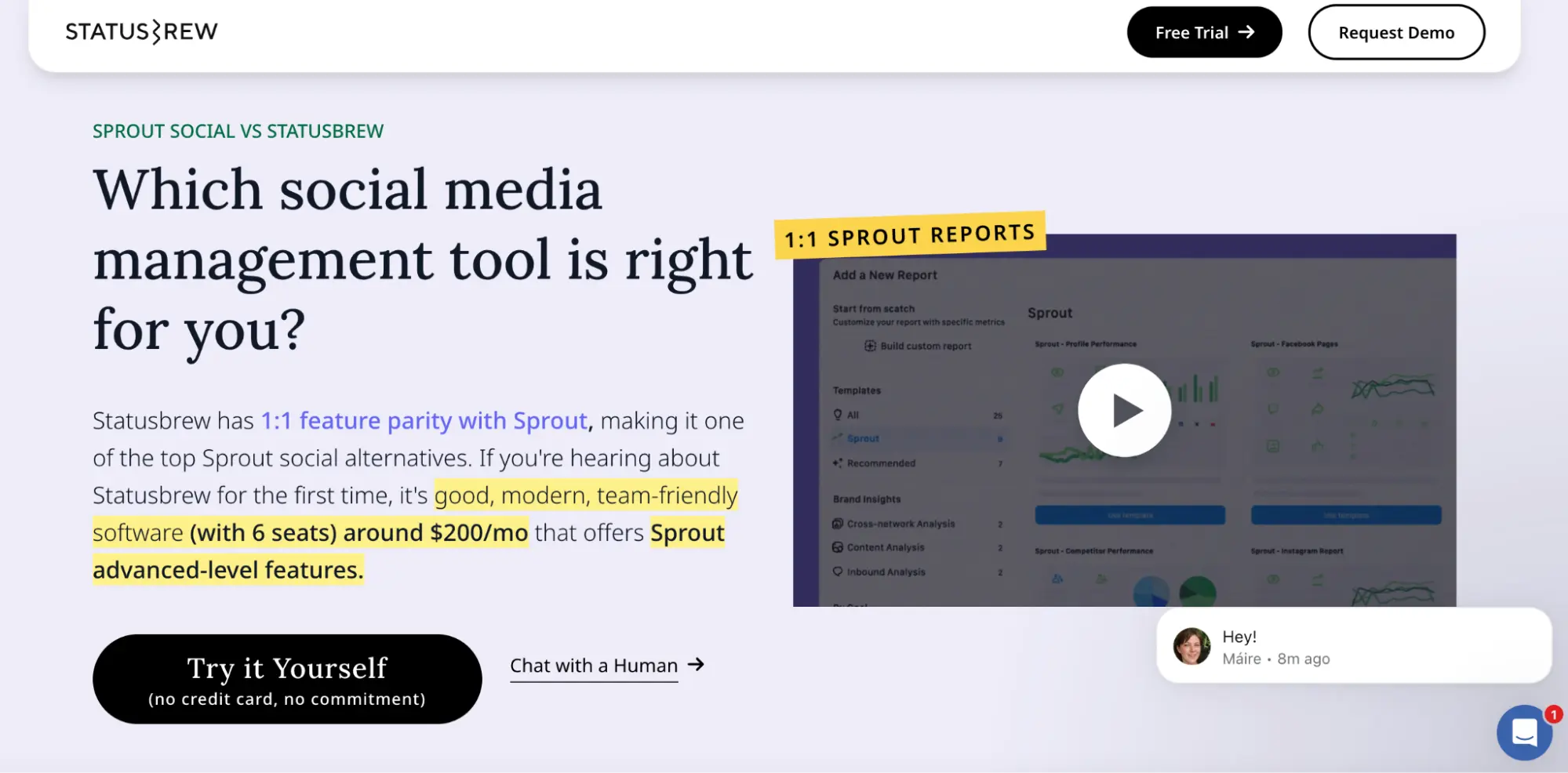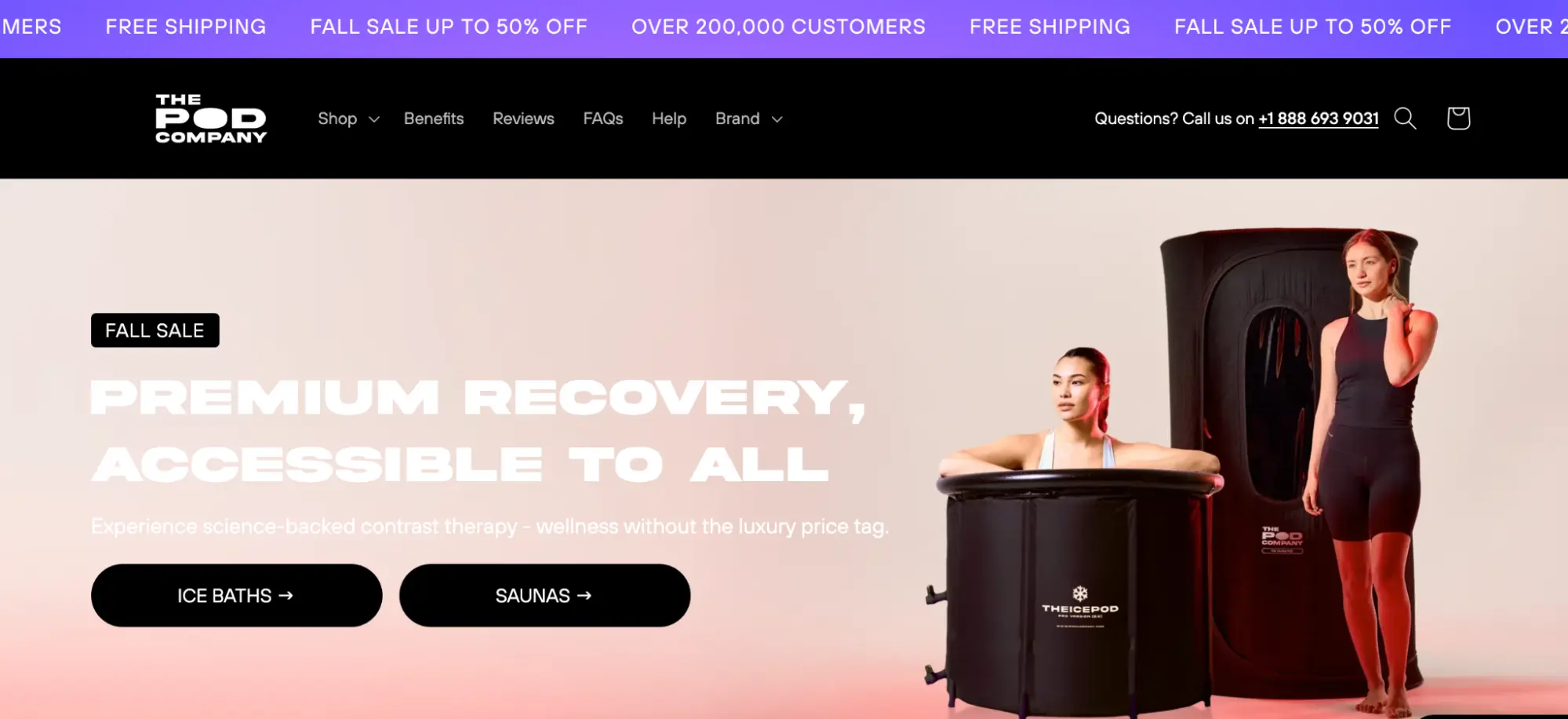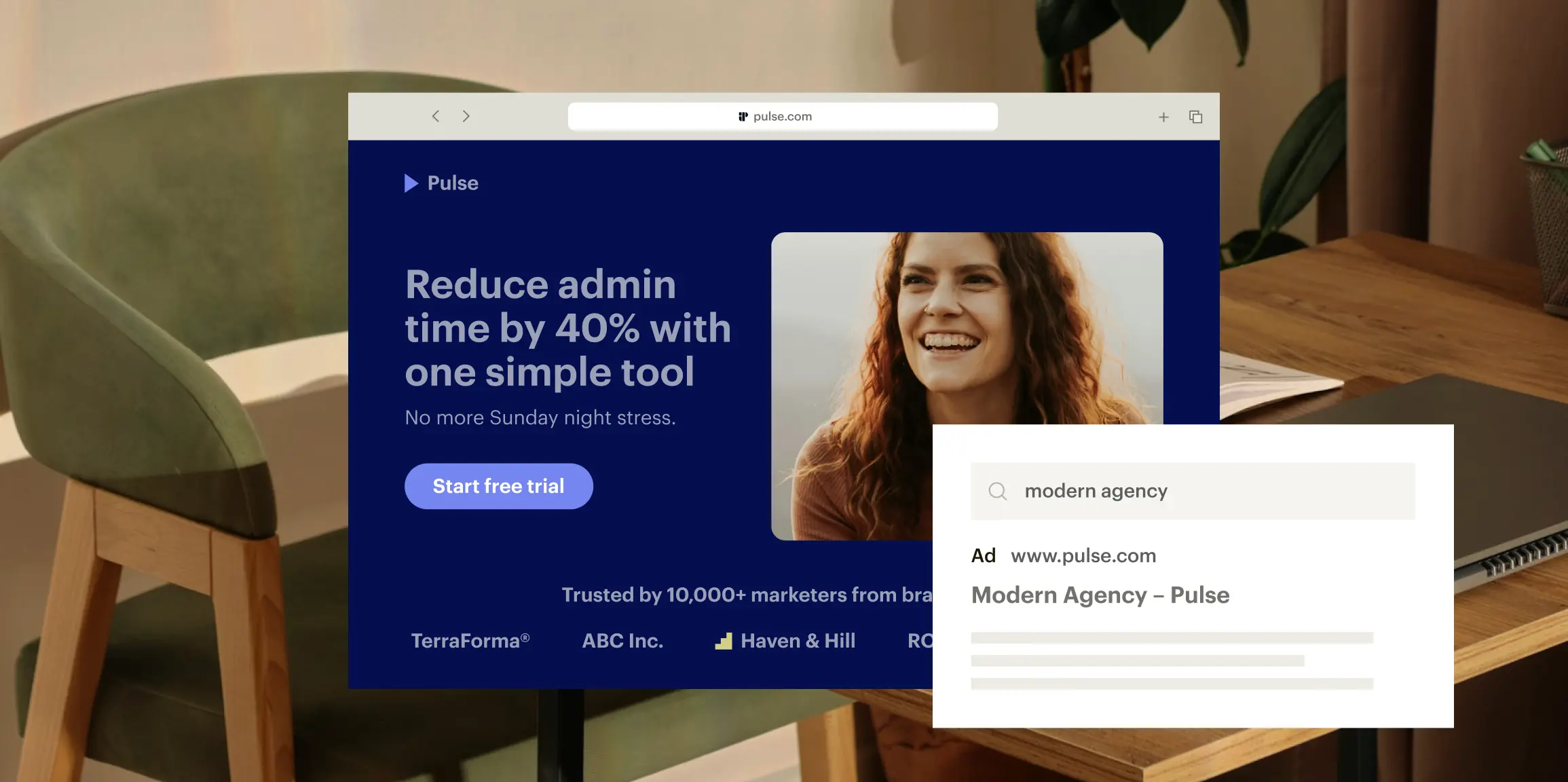Most marketers get the ad part right: the headline grabs attention, the offer sounds good, and clicks start rolling in. The mistake comes next: sending their Google Ad campaign visitors to a homepage or a generic category page.
Google’s AI now evaluates more than just clicks. It checks whether visitors actually find what they expected. If your landing page doesn’t match your ad, your Quality Score can drop, CPCs can rise, and conversions can suffer, even when the ad itself is perfect.
Google Ads personalization capabilities
Google Ads offers one of the most advanced personalization toolkits in digital advertising. From dynamic ad customization to intent-based audience targeting, the platform helps marketers move beyond broad campaigns into highly relevant experiences.
As Google explains:
“You can add audience segments to ad groups and reach people based on who they are, their interests and habits, what they’re actively researching, or how they’ve interacted with your business.” This means you can tailor campaigns not just by demographics, but by real-time intent signals and past behavior.
The result? Ads that feel more relevant to the individual, leading to higher engagement, stronger conversion rates, and ultimately more efficient use of your budget. And because Google’s reach is so vast, these personalization features scale in a way few other platforms can match.
Google Ads campaigns target the right audience
A Google Ads campaign gives you precision. You decide who sees your ad—based on intent, demographics, behavior, past interaction, not just hope someone relevant catches a glance. Google puts it this way:
“You can reach people based on who they are, their interests and habits, what they’re actively researching, or people who’ve already interacted with your ads, website or app and may return.”
When your ad matches the search intent and points to a landing page that delivers exactly what the visitor expects, you get better results.
For example:
- A regional medical brand boosted conversions from ~11.8% to ~26.7% and lifted their Quality Score from 7.2 to 9.3 by tailoring landing pages to specialties, locations, and urgency.
- A cooling equipment manufacturer raised CTR from ~6.5% to 10.4% and improved conversions from ~5.7% to 14.2% by aligning ad copy with landing page content and design — while reducing CPC by nearly 30%.

If your landing page doesn’t follow through on what the ad promises — or if it’s hard to navigate or mismatched, Google recognizes that mismatch. What you get is lower Quality Scores, higher costs, and fewer conversions.
The campaigns that outperform are the ones that respect that chain:
Ad → Expectation → Landing Page
What is Quality Score?
Every Google Ads campaign makes a promise: if someone clicks, they’ll land on a page that delivers what they were looking for. Quality Score is how Google keeps that promise in check.
It’s a diagnostic metric, shown at the keyword level, that rates the relevance of your ads, keywords, and landing pages on a scale of 1–10. Google defines it as “an estimate of the quality of your ads, keywords, and landing pages” and notes that higher scores generally lead to lower costs and better ad positions.
A higher Quality Score indicates that your ad and landing page closely align with what searchers are looking for, which not only enhances the user experience but also makes your campaign more cost-effective. A lower score, on the other hand, means something’s off in the chain between ad and page, and you’ll likely pay more for fewer conversions.
How is Quality Score calculated?
Quality Score tells you how well your ads, keywords, and landing pages work together to satisfy searchers. It’s made up of three main components:
- Expected click-through rate (CTR): How likely someone is to click your ad for a given keyword.
- Ad relevance: How closely your ad copy matches what people are actually searching for.
- Landing page experience: Whether your landing page is helpful, relevant, and easy to navigate.
Each factor is evaluated relative to other advertisers showing for the same keyword. While Google doesn’t disclose the exact
formula, expected CTR generally has the biggest impact, followed by ad relevance and landing page experience.
Message matching alone isn’t enough
Matching your ad copy to your landing page is just the starting point. To truly deliver a great user experience, your page must also be easy to use and well-organized. One effective approach is leveraging relevant ad assets for each campaign.
For instance, when you do a Google search for “Social media scheduler”, you see this ad for Statusbrew. The ad headline starts off by comparing the platform to their competitor Sprout Social, because chances are users searching for a social media scheduler are already familiar with Sprout Social.

The landing page you’re directed to after the ad click has the same message, how Statusbrew compares to Sprout Social in features and pricing.

Google rewards advertisers who provide personalized, specific experiences rather than sending all traffic to a generic homepage.
Take this Pod Company page as an example, the ad is focuses on credibility and social proof:

The landing page follows through with the same mention of health benefits and multiple customer testimonials to cement social proof.

When your Google ad and landing page are perfectly message-matched. The result is higher Quality Scores, which directly boost ROAS. That’s why every campaign and every audience deserves its own customized landing page.
Maximize the results of your Google Ads campaigns with personalized pages
Going beyond simple message matching can make a real difference in campaign performance. Personalized landing pages for each audience and campaign not only improve the user experience but also help boost your Google Quality Score—and your ROAS.
With Instapage, you can quickly create pages that are optimized, organized, and ready to convert, so every click counts. Start building your personalized landing pages today and turn more ad traffic into measurable results. Start your 14-day free trial today and experience the difference Instapage makes at scale.

Try the world's most advanced landing page platform with a risk-free trial.
